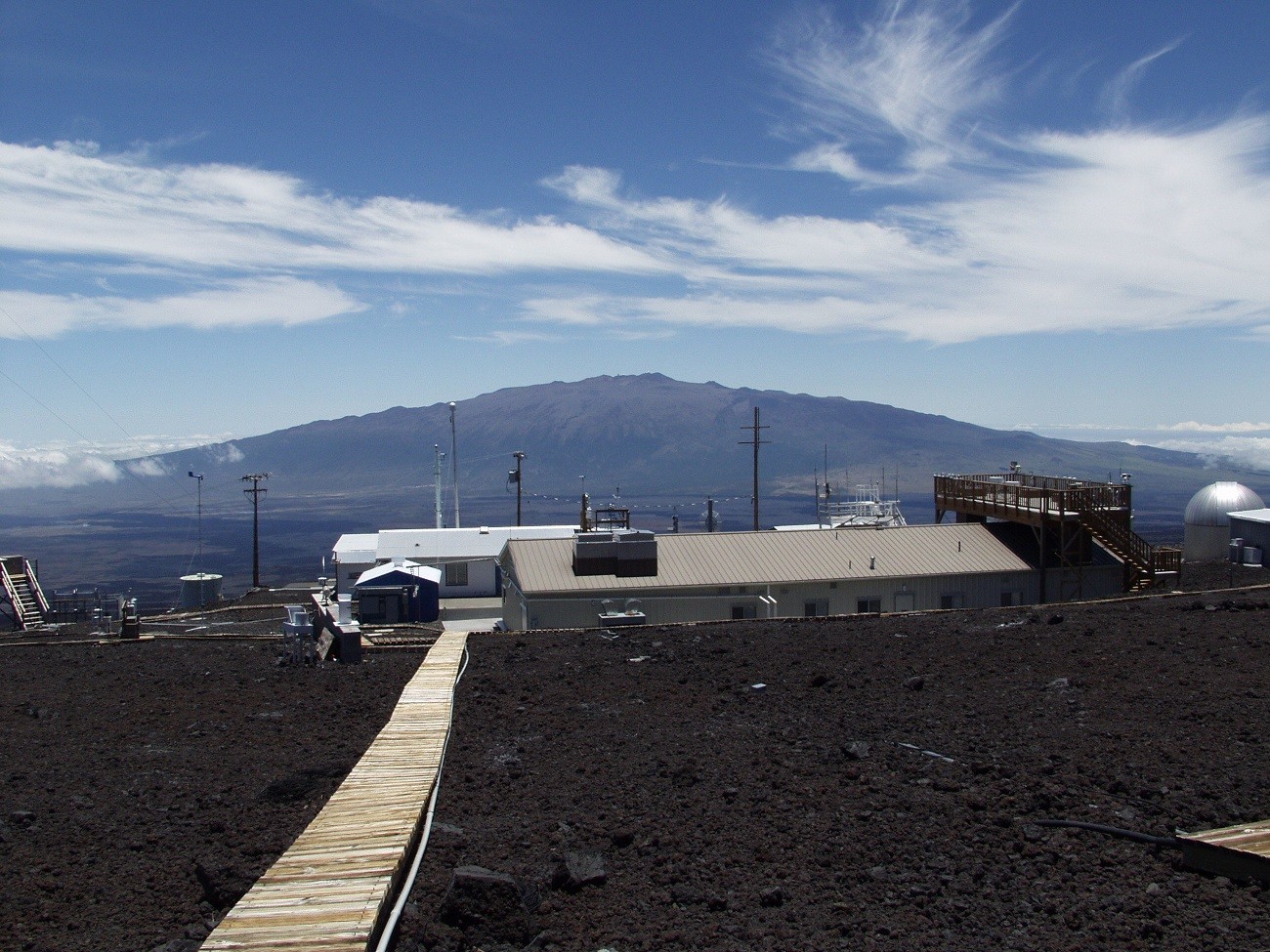Popular Reads
Top Results
Can't find what you're looking for?
View all search resultsPopular Reads
Top Results
Can't find what you're looking for?
View all search resultsTemperatures seen surging as El Nino weather pattern returns
El Nino, a warming of water surface temperatures in the eastern and central Pacific Ocean, is linked to extreme weather conditions from tropical cyclones to heavy rainfall to severe droughts.
Change text size
Gift Premium Articles
to Anyone
T
emperatures are expected to soar further across large parts of the world after the El Nino weather pattern emerged in the tropical Pacific for the first time in seven years, the World Meteorological Organization said on Tuesday.
El Nino, a warming of water surface temperatures in the eastern and central Pacific Ocean, is linked to extreme weather conditions from tropical cyclones to heavy rainfall to severe droughts.
"The onset of El Nino will greatly increase the likelihood of breaking temperature records and triggering more extreme heat in many parts of the world and in the ocean," WMO Secretary-General Petteri Taalas said in a statement.
WMO said there was a 90 percent probability of El Nino persisting in the second half of 2023, and that it was expected to be "at least of moderate strength".
The statement from the global body confirmed a report last month from the US National Oceanic and Atmospheric Administration's Climate Prediction Center that the phenomenon had returned.
The world's hottest year on record, 2016, coincided with a strong El Nino - though experts says climate change has fuelled extreme temperatures even in years without the phenomenon.
The World Health Organization said last month it was preparing for an increased spread of viral diseases such as dengue, Zika and chikungunya linked to El Nino.
During El Nino, winds blowing west along the equator slow down, and warm water is pushed east, creating warmer surface ocean temperatures.
The phenomenon occurs on average every two to seven years, and can last nine to 12 months, according to the WMO.
It is typically associated with increased rainfall in parts of southern South America, the southern United States, the Horn of Africa and Central Asia.
In the past, it has caused severe droughts in Australia, Indonesia, parts of southern Asia, Central America and northern South America.










